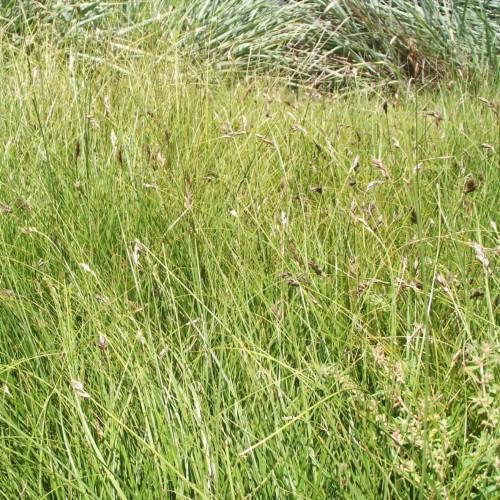
Sand Dune Sedge
Carex pansa
Watering:
Minimal
Hardiness Zone:
Flowers:
Flowers
Sun:
Sun
Leaf:
Yes
Growth Rate:
Low
Drought Tolerant:
Yes
Salt Tolerant:
Yes
Care Level:
Medium
watering
Pale Sedge should be watered once a week in the warmer months and every 2 weeks in the cooler months. The amounts of water used should be based on the soil type, with clay soils requiring more water than sandy soils. Generally the plant will benefit from an inch of water a week, but if rainfall has been particularly heavy, then the amount of water required can be reduced. Make sure to avoid over watering, as this can cause root rot. If needed, the soil should be tested to ensure the right balance is maintained.
sunlight
Pale Sedge plants require a good amount of sunlight, at least 6-8 hours a day, in order to grow and thrive. They should be placed in areas that receive direct sunlight for the majority of the day, ensuring their leaves receive full exposure to the sun’s light. During the winter months, particularly when light is low, additional lighting will be beneficial for the plants. Placing them in a well-lit conservatory, windowsill, or grow light will ensure a steady source of light for the plants throughout the year. In the summer, however, Pale Sedge should be placed outdoors ideally in direct sun for several hours a day. This will help keep the plant healthy and promote new growth.
pruning
Pale Sedge should be pruned twice a year, in spring and fall. When pruning during the spring, the goal is to remove any dead or damaged foliage and seeds that may be present on the stems. This is also a good time to thin out overcrowded stems and shape the plant. When pruning in the fall, the goal is to thin out any overcrowded stems and seeds and to remove any dead or damaged foliage that may have developed over the summer. For best results, pruning should be done after the final growth spurt but before the onset of winter temperatures. Be sure to leave some foliage near the base of the plant for winter protection. It is best to use sharp, sterile pruning shears and cut just above the soil line to avoid damaging the stems or roots.
